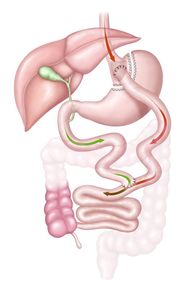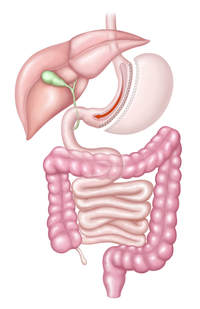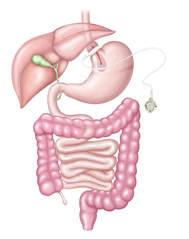Why Finding an Experienced Bariatric Surgeon to Perform any Bariatric Surgery in Important:
Researching your bariatric surgeon is an important step in ensuring a safe and successful weight loss surgery. Here are some reasons why it's essential to do so:
- Safety: Bariatric surgery is a major operation that involves significant risks, such as infection, bleeding, and blood clots. Choosing a skilled and experienced surgeon can reduce the likelihood of complications and improve your overall safety during and after the surgery.
- Effectiveness: A skilled bariatric surgeon can improve the effectiveness of the weight loss surgery by ensuring that the procedure is performed correctly, and follow-up care is appropriately provided. A successful outcome also depends on the surgeon's ability to customize the surgery to meet the individual's unique health needs and goals.
- Long-term health: Weight loss surgery is a life-changing decision, and long-term health outcomes depend on the surgeon's expertise and the quality of follow-up care provided. A qualified surgeon can help patients maintain their weight loss and avoid any adverse health outcomes.
- Confidence: By researching and selecting a highly qualified and experienced bariatric surgeon, you can gain confidence in the procedure, which can alleviate anxiety and improve your overall outlook.
- Trust: When you select a surgeon that has a reputation for excellence, you can trust that they will do their best to provide you with the care you need to achieve your goals.
Primary Procedures
There are three primary weight loss procedures - The Roux en Y gastric bypass procedure, the vertical sleeve procedure and the gastric banding procedure. Each procedure is unique and provides a variety of options for our patients.


